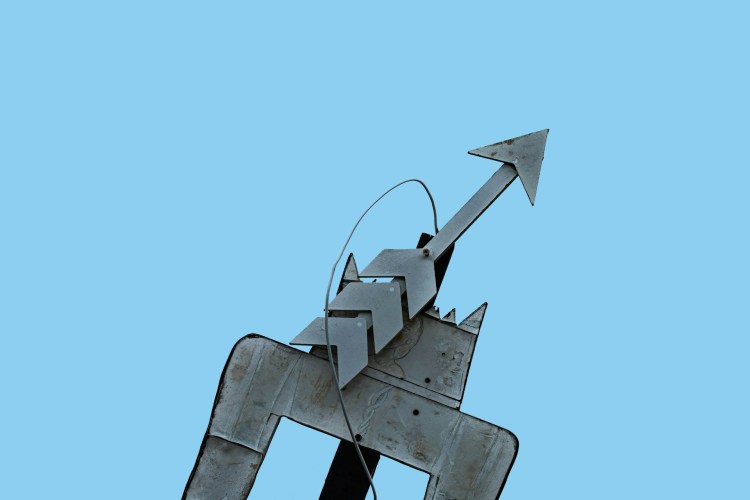Chances are, if you have an account with a few cryptocurrency exchanges, you would also have heard the terms ‘long’ and ‘short’.
This concept also exists in the traditional markets and is nothing new.
Here’s what it is and how it works…
 image by Grok
image by GrokThere are two kinds of trading that are most popular. We will consider Bitcoin (BTC) as the main asset to understand them.
Spot trading
This is where you buy, for example, 1 Bitcoin and you are able to withdraw the actual Bitcoin to any BTC wallet address of your choice.
This trade or exchange occurs in the spot markets. You can sell the BTC for any other crypto or fiat asset (includes stablecoins).
The Bitcoin that you are able to withdraw is described as physically settled spot — since the asset gets settled to an investor or trader on-the-spot.
Contract trading
Contracts are not the physical asset itself, but a synthetic that is assigned the value of and denominated as the physical asset.
Instead of trading 1 BTC, you can trade 100 contracts (for example) where 1 contract = 0.01 BTC.
1 contract will have the dollar value of 0.01 BTC.
If you wish to trade 1 BTC, you buy or sell 100 contracts whose total value is equivalent to the price of 1 BTC.
There are two directions a market can be traded in. We will consider rice as the main asset to understand them below.
Longs and Shorts
You are in the market to buy rice. 1 kg of rice is trading at 10 dollars in the market.
When you buy a physical asset, say a 1 kg bag of rice, you are now long rice.
Since you paid 10 dollars to acquire the rice, you are now short (of) dollars.
You are hoping for the price of rice to go up in the near future, and hope to sell it for a profit — more dollars than what you paid for it. You remain long rice, short dollars. This is your position in the market.
But…
You don’t have any rice, and you think the price of rice is going to go down. How do you make a profit from that?
Suppose there is a friend or a lender who has an existing inventory of rice (and therefore currently long). His rice is just sitting there while he waits for the price to go up.
You borrow 1 kg of rice from him, at 0 percent interest for this example (since you are great friends, you trust each other, and all that) and enter a contract to return 1 kg of rice to them at a future date.
You take the borrowed rice and sell it in the market at the current market price of 10 dollars. You are now short of the rice you borrowed, should they ask you for it.
When the price of rice goes down to 9 dollars, you buy back 1 kg of rice at the market price of 9 dollars and return it to your friend or lender. Leaving 1 dollar remaining with you — your profit.
If the price of rice went up to 11 dollars while you were short of it, and the lender asked for it to be returned, you would have to buy it at the 11 dollars price. The 1 dollar paid from your pocket is your loss.
Again, these are basics. The aim here is to explain to you how exactly it works with a real life example, and how basic profit and loss works.
More, later. Thanks for reading.
Free to follow:
Twitter/X: https://x.com/poorbrah
Telegram: @poorbrahtrades
Longs and Shorts in the Market was originally published in The Capital on Medium, where people are continuing the conversation by highlighting and responding to this story.


 1 month ago
16
1 month ago
16 










 Bengali (Bangladesh) ·
Bengali (Bangladesh) ·  English (United States) ·
English (United States) ·